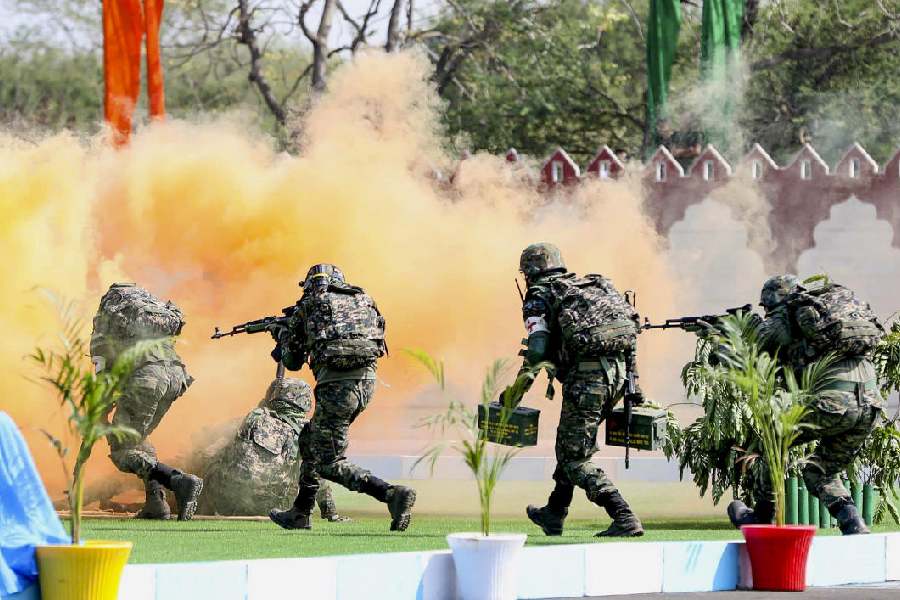
A simple forest produce found in abundance in Jharkhand can actually act as a wonderful lightning arrester, the state disaster management department has discovered.
On Wednesday, officials of the department showed how the humble bamboo could be turned into an effective bolt arrester by holding a demonstration at Hahap village in Namkum on Ranchi's outskirts.
Located over 10km from the state capital, Hahap is one of the selected villages under the Centre's Adarsh Gram Yojana from Jharkhand, but is very prone to lightning.
Roughly, close to half a dozen casualties were reported from Namkum block in the past three to four months because of lightning.
Sanjay Srivastava, special projects officer at the disaster management department, said they were trying their best to roll out educative and preventive camps in the block to prevent lightning.
"In that direction, low-cost bamboo lightning conductors are just the right answer and today's (Wednesday) workshop sought to teach the villagers how to use the forest produce for that," he said.
The concept, Srivastava said, was very simple.
"Put any metal such as cycle rim, utensil etc above the bamboo and tie it with an 8mm wire. Pass that wire through the hollow space in the bamboo and put it four-five metres inside the soil. The wire acts as earthing. When lightning strikes, it can easily arrest the current and earth it. We demonstrated the process in a simple way to the villagers of Hahap," he said.
Around 30-35 villagers were present at the demonstration and all were receptive towards the idea, the officials maintained.
"The bamboo device can be put up anywhere - be it fields, courtyards, verandas, wherever the risk of lightning striking is high," he said, adding that compared to conventional lightning conductors, bamboo ones were the most economical and easily doable.
Asked why Namkum was a lightning-prone area, Srivastava said it was because presence of many water bodies and hills.
"Wherever such combination exists, lightning is bound to occur. Besides Namkum, Bero, Ormanjhi are also equally prone to bolts. For the past three months, we have started monitoring intensity of lightning through a special sensor and the highest we have recorded was 100 kilogram watt ampere intensity, which is massive," he said, adding that the average range is between 10 and 20 kilogram watt ampere in Jharkhand.
He said that they had been advising villagers to start work early during monsoon.
"This is because we have observed the trend of lightning striking in the afternoon in the past three months. So, we are advising people to start their job as early as 5am and be home by 2pm to 2.30pm," he said.










